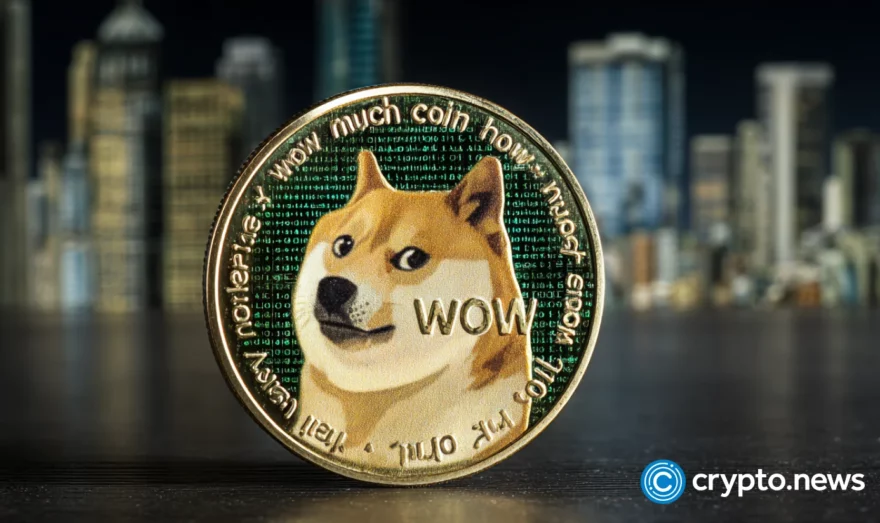Azuki team faces backlash as buyers dump NFTs amidst losses

Chiru Labs’ Azuki NFT collection witnessed a steep 44% drop in floor prices within a 24-hour period as holders and market observers criticized the newly launched Elementals NFT collection.
Community responses indicated a prevailing sentiment that certain NFTs in Elementals bore striking resemblances to the previously released Azuki collection, despite the initial branding distinctions.
Stiking similarities
Azuki, the non-fungible token (NFT) brand first launched in January 2022, launched its “Elementals” NFT collection on June 27. The new collection was announced to feature 20,000 editions as a derivative of Azuki’s popular original collection.
However, with ambitious promises made earlier this year, including plans for a metaverse platform, interactive experiences, and physical merchandise, among others, many collectors took to social media to express their disappointment in the strikingly similar appearance between the main collection and the new one.
A side-by-side comparison highlighted the shared facial structures, angles, and overall vibes, leading some observers to label Elementals as a lower-quality version of the original collection.
Salvo, a member of the crypto community, reiterates the impact of this, stating that this release was a great business decision to bring in additional revenue but a “poor community decision due to exact same art and dilution to the main collection.”
Aside from concerns on the collection, there were also reported mishaps with the sale format. The sale of Azuki’s NFTs was originally set to follow a Dutch auction format, starting at a price of 2 ETH and gradually decreasing by 0.1 ETH (approximately $200) every five minutes until all the NFTs were sold.
On June 27, the Azuki community gathered at the minting site, ready to secure their NFTs at the initial price of 2 ETH per item. Surprisingly, within a mere 15 minutes, all 20,000 NFTs were snatched up, resulting in primary sales of 20,000 ETH, equivalent to a value slightly above $38 million at the time.
Unfortunately, many collectors were unable to purchase during the sale after experiencing disruptions to the site, which was later attributed to greater-than-expected traffic. Azuki was quick to respond to the community with a Tweet sent out on June 28.
Wavering confidence
While some attribute the events following the Azuki release to difficulty for blue chip NFTs to succeed in a bear market, @NFT_God, a prominent Twitter account in the space, shared that the real concern is that Azuki has become a prominent illustration of a prevailing belief that all profile picture (PFP) NFTs are destined to lose value.
The brand found itself facing two potential choices, both leading to a decline in prices.
In his Tweet, he suggests the first option was to take no action, allowing people to sell their NFTs, which would consequently drive down the prices. Alternatively, Azuki could have chosen to introduce additional NFTs, diluting the value of the existing collection and prompting further selling, ultimately resulting in a decrease in prices.
This situation highlights the notion that the utility of NFTs lies primarily in their artistic value, and the concept of “blue chip” PFPs possessing inherent long-term value is being challenged.















